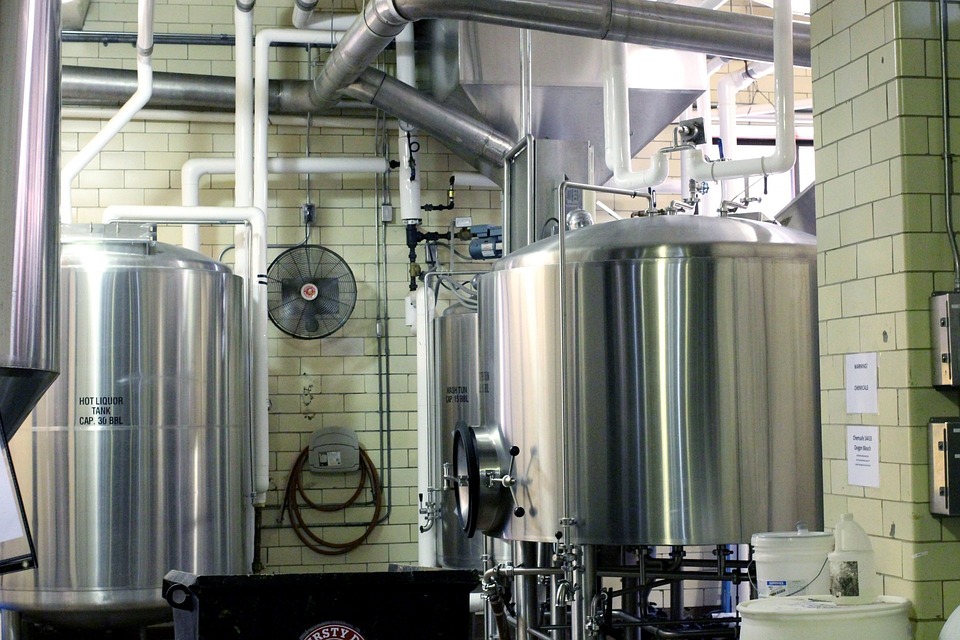
Metal Material
A high-tech enterprise focusing on the development and application of X-ray technology products, committed to becoming a leading supplier of X-ray industrial testing solutions.
The Future of Handheld XRF Machines: Trends to Watch in Material Analysis
In recent years, handheld X-ray fluorescence (XRF) machines have revolutionized the field of material analysis. Their portability, speed, and accuracy have made them invaluable tools across various industries, from mining and metallurgy to environmental monitoring and quality control. As technology continues to evolve, so too does the potential of handheld XRF devices. In this article, we explore key trends shaping the future of handheld XRF machines and what they mean for material analysis.

Terras EulerX900 Handheld Alloy Analyzer
1. Enhanced Sensitivity and Accuracy
One of the most significant trends in handheld XRF technology is the ongoing enhancement of sensitivity and accuracy. As manufacturers refine detector technologies and improve calibration processes, the ability to detect trace elements at lower concentrations is becoming more prevalent. This advancement is crucial for applications such as environmental testing, where understanding minute contamination levels can be vital for compliance and safety.
2. Miniaturization of Components
The trend toward miniaturization is not new, but it is accelerating in the field of handheld XRF machines. With the development of smaller, more efficient electronic components and batteries, manufacturers are creating devices that are lighter and more portable than ever. This miniaturization enables users to carry these powerful analytical tools into the field without compromising performance, making them ideal for on-site testing in remote locations.
3. Integration with Mobile Technology
As smartphones and tablets become ubiquitous, the integration of handheld XRF machines with mobile technology is on the rise. Many devices now offer Bluetooth or Wi-Fi connectivity, allowing for real-time data sharing and analysis through mobile applications. This integration facilitates better collaboration among teams, as results can be easily shared and accessed from various devices, enhancing decision-making processes in industries such as construction and recycling.
4. Advanced Software Capabilities
The future of handheld XRF machines is not only about hardware advancements; software capabilities are equally important. Modern XRF devices are being equipped with sophisticated software that enhances data interpretation, allowing users to analyze complex materials more effectively. Features such as customizable reporting, data logging, and statistical analysis tools are becoming standard, providing users with comprehensive insights that drive better operational decisions.
5. Focus on Sustainability
Sustainability is a growing concern across all industries, and the handheld XRF market is no exception. As environmental regulations become stricter, companies are seeking technologies that support sustainable practices. Handheld XRF machines can help identify hazardous materials, allowing for more responsible waste management and recycling processes. Furthermore, the ability to analyze materials in real-time reduces the need for sample destruction, contributing to a more sustainable approach to material testing.
6. Increased Use in Regulatory Compliance
With stricter regulations regarding material composition in sectors like electronics, construction, and food safety, the demand for reliable analytical tools is rising. Handheld XRF machines are becoming essential for ensuring compliance with regulations such as RoHS (Restriction of Hazardous Substances) and REACH (Registration, Evaluation, Authorisation, and Restriction of Chemicals). As industries continue to prioritize compliance, the role of XRF technology in verification processes will only grow.
7. Customization and Versatility
The future of handheld XRF machines will see an increase in customization options to cater to specific industry needs. Different sectors have unique requirements for material analysis, and manufacturers are responding by offering customizable features such as interchangeable filters and adaptable measurement settings. This versatility allows users to tailor their devices for specific applications, enhancing their effectiveness in diverse environments.
The EulerX 900 series has proved to be an excellent choice for metal analysis in a wide fields, providing fast, accurate results directly to the user. Thanks to its cutting-edge electronics and sophisticated mathematical algorithms, the EulerX 900 series ensures superior measurement quality within seconds. The EulerX 900 is algorithm leverages the advanced fundamental parameters method (FP), identifying alloy grades in just 1-2 seconds after activation.Designed for ergonomic comfort, the device is lightweight, compact, and well-balanced for handheld use. A high-capacity battery allows for 10-12 hours of continuous on-site testing without the need for recharging.

Terras EulerX900 Handheld Alloy Analyzer
Conclusion
The future of handheld XRF machines is bright, with numerous trends poised to enhance their capabilities and applications. As sensitivity and accuracy improve, devices become more portable, and software integration expands, these tools will continue to play a crucial role in material analysis across various sectors. Whether it's for environmental monitoring, compliance testing, or quality control, the evolution of handheld XRF technology promises to deliver innovative solutions that meet the demands of a rapidly changing world. As we look ahead, staying abreast of these trends will be essential for professionals who rely on material analysis in their work.
Join Us
Subscribe to our email list for updates & promotions.



